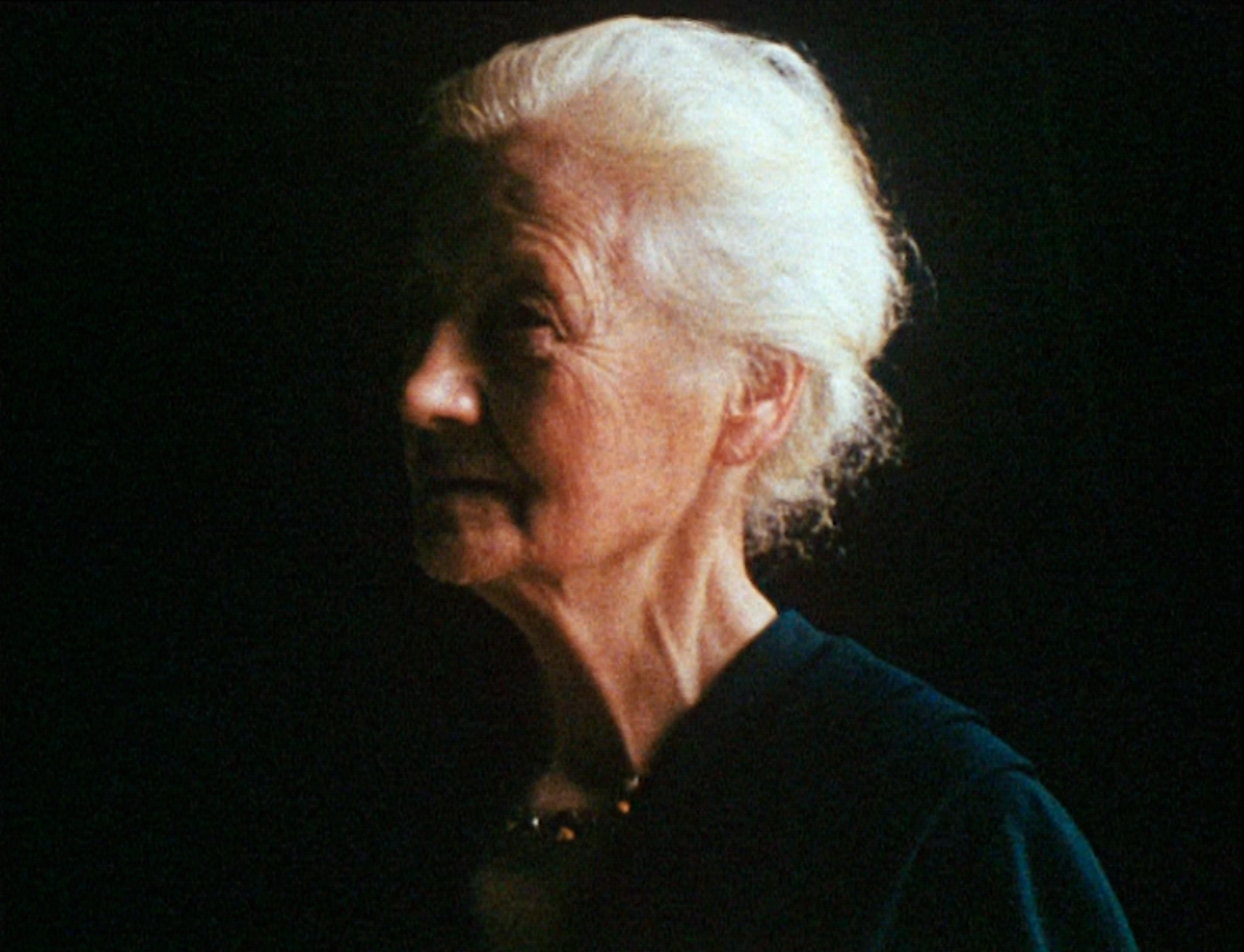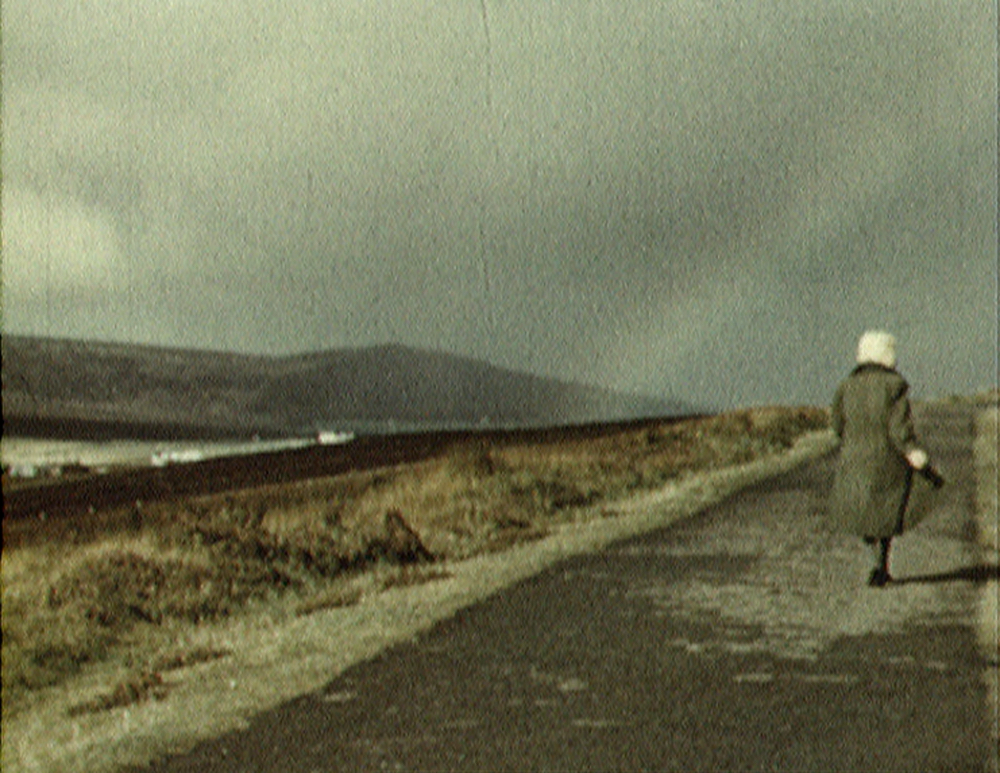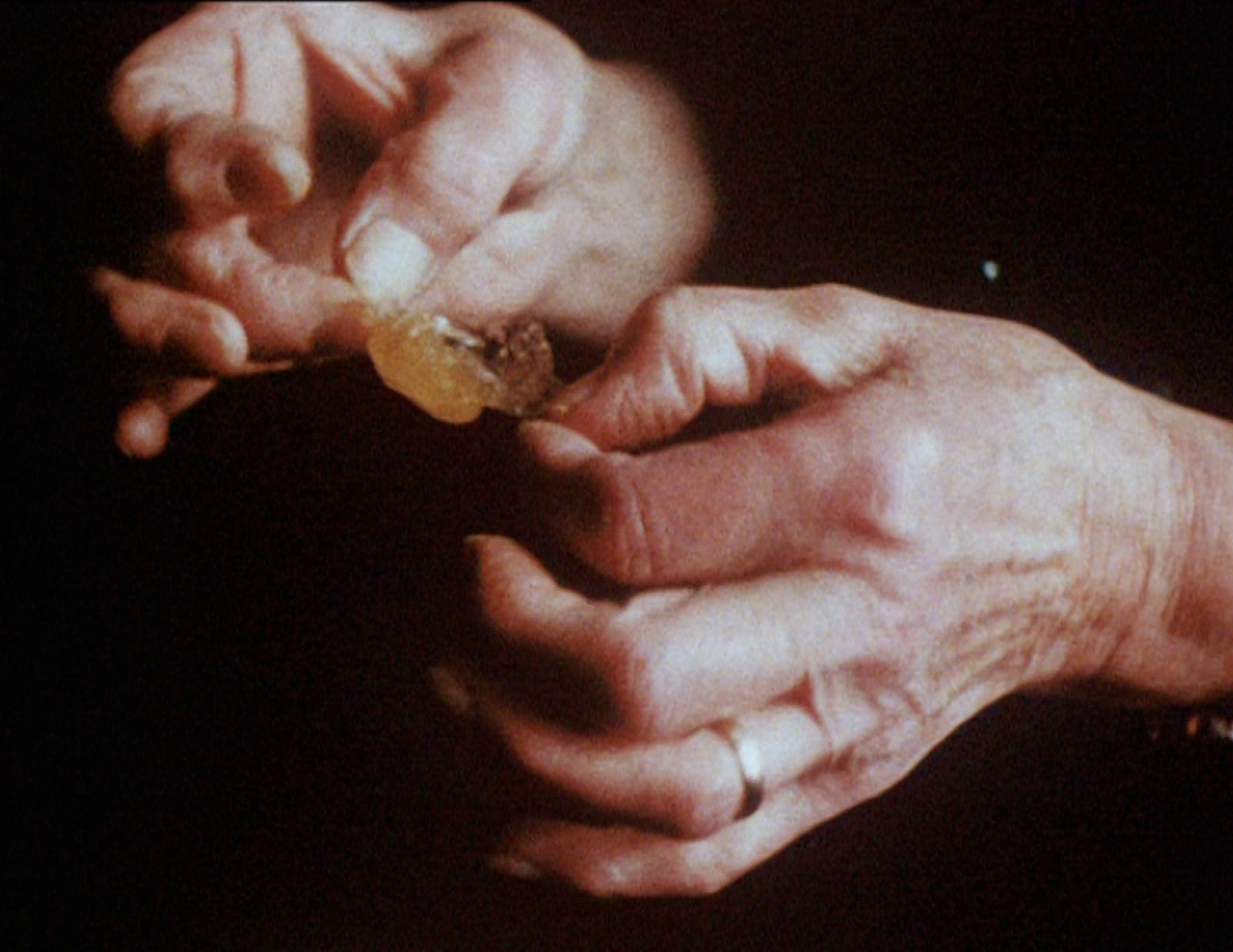
At the shady foot of trees
Certain things grow,
But at the foot of stone grow the sun-loving
wind–resisting short plants
With very small bright flowers
And compact, precise leaves.
The wind whips the tight stems into a vibration,
But they don’t break.
— Margaret Tait, excerpt from The Scale of Things (1960)
This Thursday’s program at Conversations at the Edge features some of the most celebrated experimental films by Scottish filmmaker and poet Margaret Tait (1918 – 1999), who explored the poetics of the everyday life through her intimate and personal lens. While she started making films in the early 1950s, they only became widely seen in Europe after the Edinburgh International Film Festival in 1970. Up until today, Tait’s films remain somewhat unknown in the United States, marking tomorrow’s program a rare occasion that surveys the filmmaker’s midcentury films, some screening for the first time in Chicago.
Born in 1918 in Kirkwall on Orkney, an archipelago off the northeastern coast of Scotland, Tait attended boarding school and studied medicine at Edinburgh University. During the Second World War, she served with the Royal Army Medical Corps and worked as a medic in India. A cinephile throughout her life, Tait continued to study after the war. She enrolled at the Centro Sperimentale di Photographia in Rome between 1950 to 1952, during which time she made her first film. In the 1950s, Tait was mostly based in Edinburgh, where she established Ancona Film on Rose Street in the heart of the city. She then returned to her hometown Orkney in the mid-1960s and, in the following decades, made a series of films inspired by the Orcadian grassland.

Tait was an avid photographer even before becoming a filmmaker. Family members appear frequently in her early photographs; she would work on composed photographs too, experimenting with material and exposure time. Her photographer’s sensibility recurs in her films, which delicately weave nature, figure, and movement into rhythms of color, light, and shadow. This is perhaps most salient in Portrait of Ga (1952), in which Tait contrasted unguarded shots of her mother–almost always puffing on a cigarette–against the vast and austere Orcadian landscape, resulting in something both existential and timeless.

As film curator and critic Michael Metzger remarked in a recent review on Cine-File, “one of [Tait]’s many strengths as a poet and filmmaker was a fathomless ability to draw out worldly richness from the modest surfaces of provincial life.” But her strength also extended to her being a fearless female filmmaker in the male-dominated field. It is worth noting that all but three of Tait’s thirty-two films were self-financed. According to film historian Sarah Neely, Tait was repeatedly rejected by granting institutions due to the ways her particular style and vision diverged from accepted professional practices. Perhaps this is one of the reasons why Tait’s highly autobiographical and idiosyncratic body of work remains fresh and contemporary even of today. Her persistence and strength come through in even the most tender moments in her films.
For further reading
Sarah Neely, “Stalking the image: Margaret Tait and intimate filmmaking practices,” Screen 49, 2 (2008)
Peter Todd, “Margaret Tait,” LUX (2004)
Nicky Ni is a graduate student in art history and arts administration at the School of the Art Institute of Chicago.